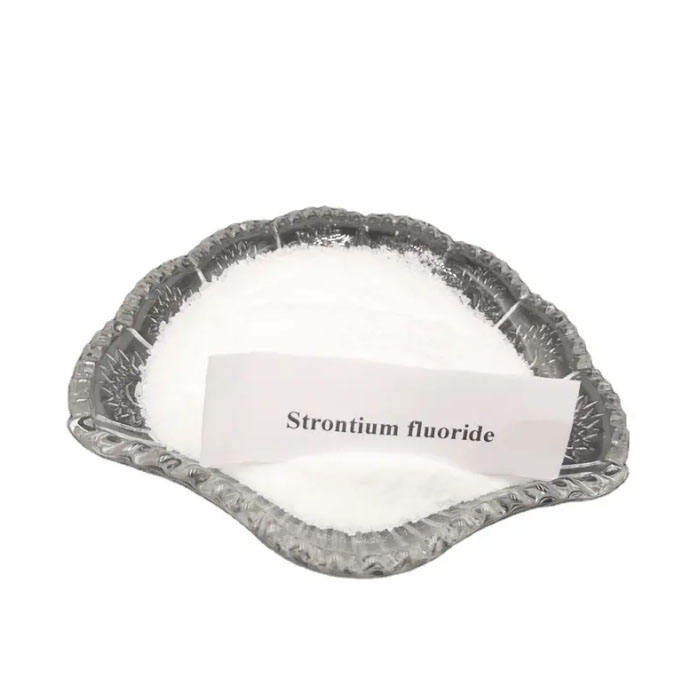



function of coagulant in water treatment
The Function of Coagulants in Water Treatment
Water treatment is a critical process that ensures the provision of safe and clean drinking water. Among the various methods used in water purification, coagulation plays a pivotal role. Coagulants are chemical substances added to water to facilitate the removal of contaminants, including suspended solids, organic matter, and pathogens. Understanding the function of coagulants in water treatment is essential for improving water quality and protecting public health.
At the onset of water treatment, the water may contain a variety of impurities, including silt, clay, bacteria, and other colloidal particles. These impurities are often negatively charged, which causes them to remain suspended in the water and resist settling. The primary function of coagulants is to neutralize these charges, allowing particles to clump together, or “flocculate,” which makes them easier to remove.
Coagulants can be broadly classified into two categories inorganic and organic coagulants. Inorganic coagulants, such as aluminum sulfate (alum) and ferric chloride, are commonly used due to their effectiveness and cost-efficiency. These coagulants work by hydrolyzing in water, forming positively charged aluminum or iron ions. These ions neutralize the negative charges of the suspended particles, promoting aggregation into larger flocs.
The coagulation process typically begins with the rapid mixing of the coagulant into the water, followed by a slower mixing phase that encourages floc formation. This stage allows for the collisions between particles, leading to the growth of larger flocs. Once the flocs have formed, the water is subjected to sedimentation, where the larger, heavier flocs settle at the bottom of the treatment tank, thereby purifying the water above.
function of coagulant in water treatment

The efficiency of coagulation can be influenced by several factors, including pH, temperature, and the type and dosage of the coagulant used. For instance, the optimal pH range for alum is typically between 6.5 and 8, where the coagulation process is most effective. Monitoring and adjusting these parameters is crucial for achieving the desired water quality.
In addition to physical removal of particles, coagulants also play a significant role in the removal of microorganisms. As flocs trap bacteria and viruses, their removal during sedimentation and subsequent filtration processes significantly reduces the microbial load in treated water. This is particularly important in safeguarding against waterborne diseases, thus ensuring public health safety.
Moreover, advances in water treatment technologies have led to the development of new, more efficient coagulants, including synthetic organic coagulants and bio-coagulants derived from natural sources. These alternatives not only enhance coagulation efficiency but also minimize the formation of harmful byproducts commonly associated with traditional coagulants.
In conclusion, coagulants are indispensable agents in water treatment, functioning to aggregate and remove contaminants effectively. Their ability to enhance water quality ensures that communities have access to safe drinking water. Continuous research and innovation in this field are essential for optimizing existing processes and developing new ones, ultimately contributing to sustainable water management practices.
-
Why Sodium Persulfate Is Everywhere NowNewsJul.07,2025
-
Why Polyacrylamide Is in High DemandNewsJul.07,2025
-
Understanding Paint Chemicals and Their ApplicationsNewsJul.07,2025
-
Smart Use Of Mining ChemicalsNewsJul.07,2025
-
Practical Uses of Potassium MonopersulfateNewsJul.07,2025
-
Agrochemicals In Real FarmingNewsJul.07,2025
-
Sodium Chlorite Hot UsesNewsJul.01,2025










